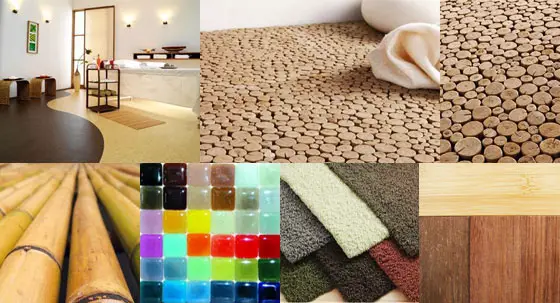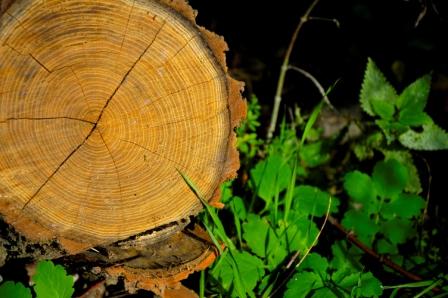
With all these talk of green and environmentally sound flooring solutions, how do we truly recognize if a flooring product is indeed green? Does it end with picking one which came from renewable resources. manufactured in a non-degenerative manner and installed in your property.
What we often forget that thinking green doesn’t end with buying green. Sustainability has to be considered too. After you’ve installed your new eco-friendly flooring product, how do you get rid of the old one? How about keeping and cleaning the new one, is it environment friendly?
A really environmentally sound product goes beyond using trees for raw materials. It involves credentials like manufacturing: the chemicals used in the process or perhaps hazardous compounds created in the process that either becomes component of the flooring material or waste; transportation – if it comes from halfway across the world, imagine the fuel it burned to get to where you are; disposing waste materials from these processes and renewal of resources – all of these are part of the products’ carbon footprint.

We think these are basic stuff we should all consider before we decide to buy a flooring solution – just because it is parading itself as all-natural and not made from trees, just because they claim to be green, it doesn’t really mean they are.
In this series of posts, we aim to inform consumers and homeowners on the different facets and issues on “eco-friendly” flooring products available in today’s market. We hope you find the succeeding posts useful and timely.
- The VOC Connection
- Eco-Friendly Flooring Options

